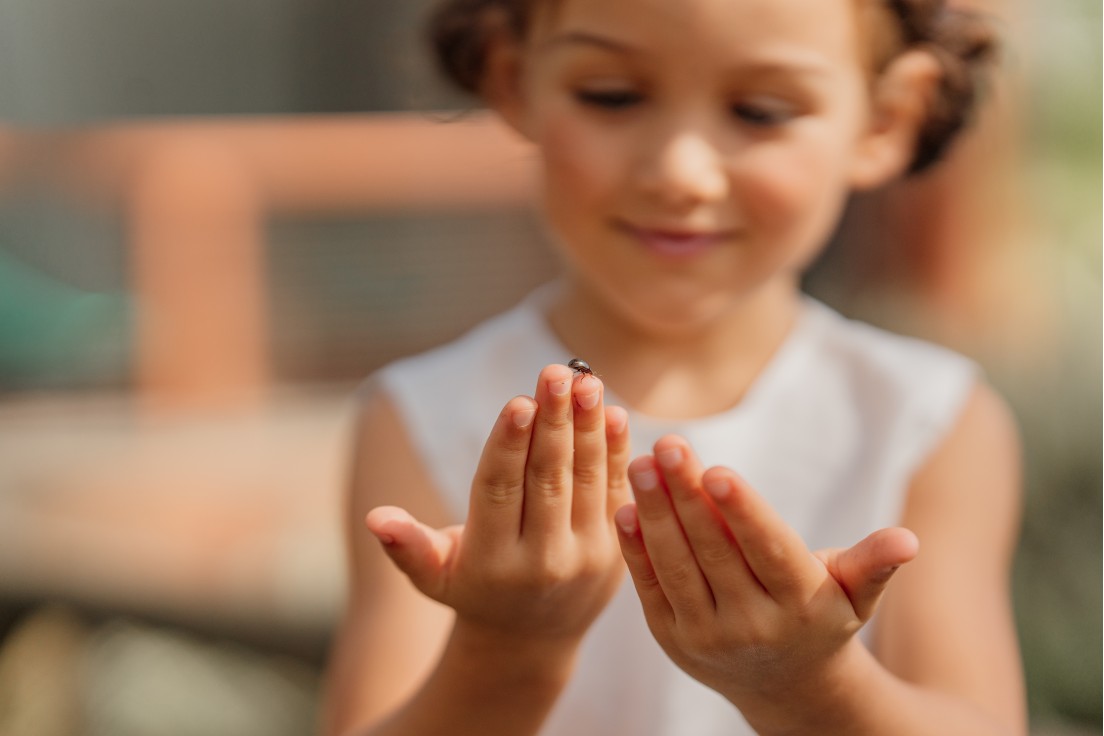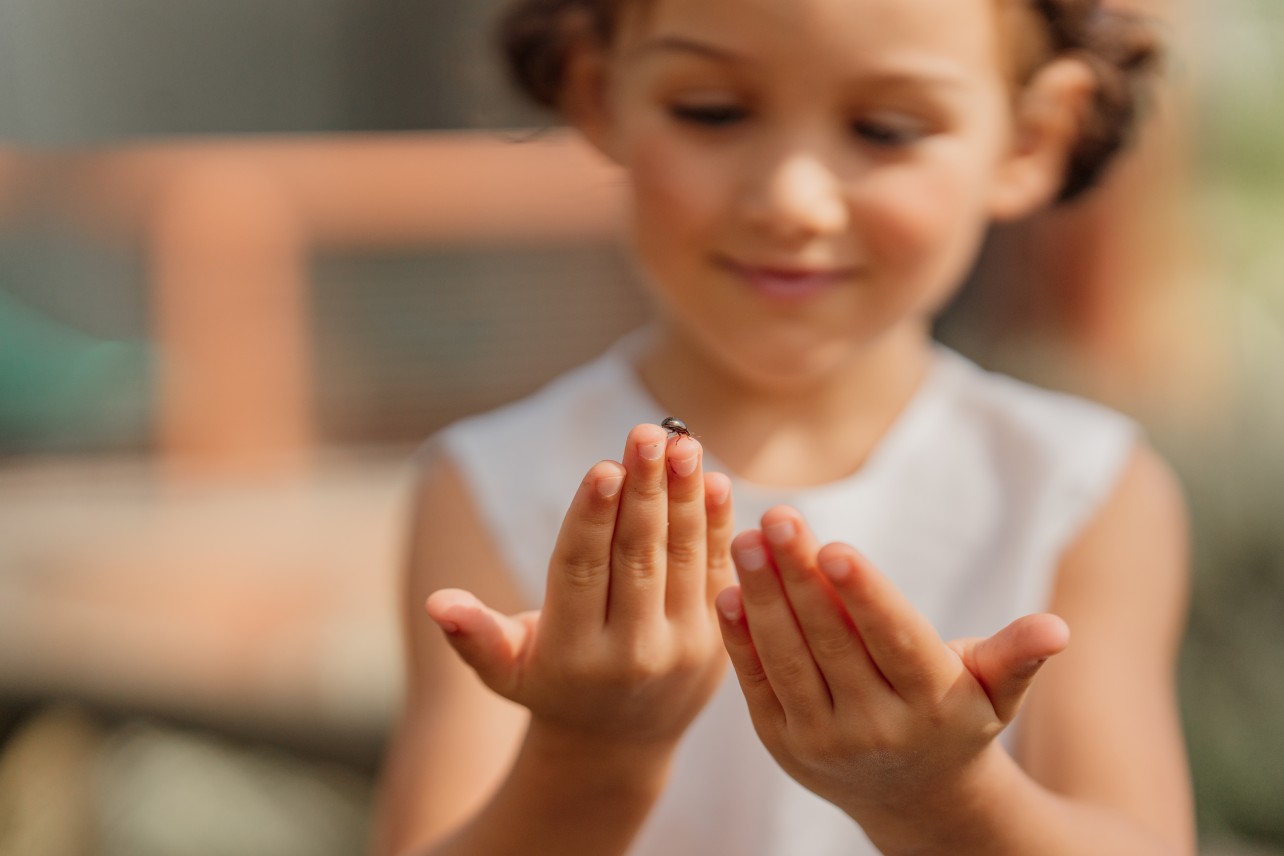Promises are made, and today we're returning to a topic that we started out with and think is extremely important to address - the changes in a mother's body during pregnancy.
In the first part (The changes we felt (Part 1) - The importance of talking from the start), we introduced this topic and explained a little about why we included it in the blog and our purpose in addressing it. We want our blog to provide a space for conversation in complete comfort and tranquillity.
We want to talk about other changes that mums-to-be go through. Welcome to part two on the changes we feel.
The second and most obvious change when we talk about pregnancy is the growth of the mother's belly. Since the beginning of this journey, the uterus has grown continuously, so that it is the space that is always prepared for the development and growth of our little one. As an inverted pear-shaped muscle, the uterus can reach a weight of 1,5kg.
In the first trimester, the growth of the uterus can cause the need to urinate more frequently, as the uterus puts more pressure on the bladder as well as the lower abdomen and, in turn, the ligaments that support this muscle expand. Moving into the second trimester, the uterus naturally moves into the abdominal cavity and the tummy starts to become rounder. The third trimester brings with it the continued growth of the uterus, which will put greater pressure on other organs, such as the lungs or intestines. This can lead to symptoms such as feeling short of breath or a sensitive stomach.
After the baby is born, the uterus will take around 6 weeks to return to its original shape, contracting and recovering. However, this process will take as long as it takes and will depend on each case.
Throughout the nine months of pregnancy, the body prepares for the moment of labour. From what we can tell, the body releases hormones in order to facilitate a widening of the hips and an expansion of the ligaments. These changes can cause pain in the lower abdomen and back, due to the weight of the baby and the accentuated curvature of the spine. In this situation, it's best to rest and adopt the correct positions - for example: sitting with support at the end of your back or standing, bending your hips forwards a little.
Another change is related to the skin and hair. In this context, hormones play a decisive role. From what we can see, there is no specific rule. Skin can be dry and tend to become more oily, in some cases skin becomes brighter than ever, dry skin can become more sensitive, among other things. So the number one tip we can take into account is to dedicate some time to yourself - cleanse your skin morning and night and moisturise well (routine is the key word) - for example drink 1,5L of water a day.
Protection from the sun during pregnancy is essential. The hormone that regulates skin pigmentation tends to intensify, which means that the skin can become darker more easily. We need to be careful of any possible marks and, for this, exposure must be careful and the use of sunscreen is crucial.
As far as hair is concerned, it generally becomes stronger and more beautiful during pregnancy, but this will depend on the pregnancy.
These are, let's say, the most frequent changes during pregnancy. As such, we don't want to believe that there can only be these changes that we're mentioning today. As we always say, pregnancy is something unique and experienced in different ways in different contexts. We believe that the mum-to-be will go through many changes, both physical and psychological, and will learn how to deal with them. It's important to talk about, but we'll certainly come back to this topic, as it requires our full attention.
What about you? Mums and mums-to-be, how was this change management? Any aspects you'd like to highlight or add to the group of transformations we've mentioned here today? We want to know how you're doing. We want to know your experience. We want to know your opinion.






